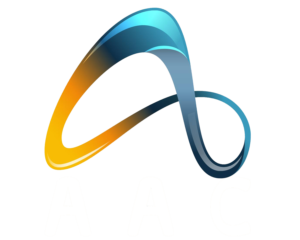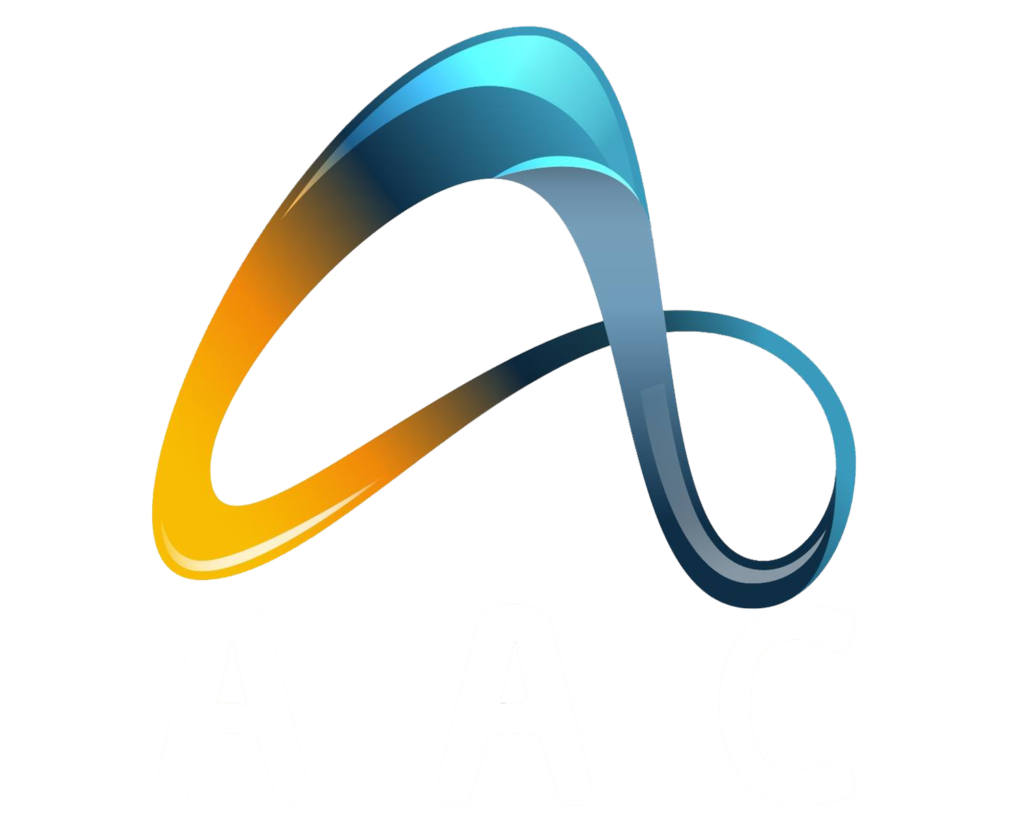Autism spectrum disorder[a] (ASD), or simply autism, is a neurodevelopmental disorder “characterized by persistent deficits in social communication and social interaction across multiple contexts” and “restricted, repetitive patterns of behavior, interests, or activities”.[11] Sensory abnormalities are also included in the diagnostic manuals. Common associated traits such as motor coordination impairment are typical of the condition but not required for diagnosis. A formal diagnosis requires that symptoms cause significant impairment in multiple functional domains; in addition, the symptoms must be atypical or excessive for the person’s age and sociocultural context.[12][13]
Autism is a spectrum, meaning it manifests in various ways, with its severity and support needs varying widely across different autistic people.[12][13][14] For example, some autistic people are nonverbal, while others have proficient spoken language. Furthermore, the spectrum is multi-dimensional and not all dimensions have been identified as of 2024.[15][16]
Public health authorities and guideline developers classify autism as a neurodevelopmental disorder,[12][17][13][18][19] but the autism rights movement (and some researchers) disagree with the classification. From the latter point of view, autistic people may be diagnosed with a disability, but that disability may be rooted in the structures of a society rather than the person.[20][21][22] On the contrary, other scientists argue that autism impairs functioning in many ways that are inherent to the disorder itself and unrelated to society.[23][24] The neurodiversity perspective has led to significant controversy among those who are autistic and advocates, practitioners, and charities.[25][26]
The precise causes of autism are unknown in most individual cases. Research shows that the disorder is highly heritable and polygenic, and neurobiological risks from the environment are also relevant.[27][28][29] Boys are also significantly far more frequently diagnosed than girls.[30]
Autism frequently co-occurs with attention deficit hyperactivity disorder (ADHD), epilepsy, and intellectual disability.[31][32][33] Disagreements persist about what should be part of the diagnosis, whether there are meaningful subtypes or stages of autism,[34] and the significance of autism-associated traits in the wider population.[35][36]
The combination of broader criteria, increased awareness, and the potential increase of actual prevalence has led to considerably increased estimates of autism prevalence since the 1990s.[37][38] The WHO estimates about 1 in 100 children had autism between 2012 and 2021, as that was the average estimate in studies during that period, with a trend of increasing prevalence over time.[b][9][10] This increasing prevalence has contributed to the myth perpetuated by anti-



